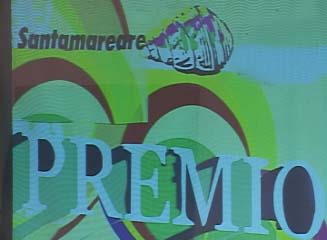The whistle of the locomotives and whistles of the sugar mills announced a new phase. In just a few decades the faces of the towns of Ciego de Avila and Moron were drawn by codes so eclectic and raised the numbers of its inhabitants.
Bateys and villages in the plains showed their wooden walls and tile roofs, in places where a few years before grazing livestock or clung centennial trees.
The changes benefited trade and other economic and social activities in the region called La Trocha. Then it a dozen of newspapers emerged that reflected the new society, which, as we know, also spread inequalities.
After a long process in which quarrels and ambitions exceeded village was founded in 1920, the Press Association, an institution which played an important role in addressing the social ills of the time, and contributed to the popularization of culture through lectures, concerts and exhibitions.
In 1934 settlers from Ciego de Avila still celebrated the defeat of Machado’s dictatorship and continued criticizing the end of a revolution that was going slowly. In Ciego de Avila political forces to confront the dictator with claws were engaged in a fratricidal struggle.
Within that convulsed atmosphere reporter Pedro Enrique D. Garcia, Carmenatti had the happy idea of proposing to his colleagues who every 24th October, the Cuban Journalist Day.
The project was announced in an assembly that met in the offices of the Home Theater on October 20th, 1934, as recorded in a record held by the researcher Pedro Pablo Lamas. In the document we could read that the proposal received the unanimous support of the audience.
WHY OCTOBER 24th?
On that date in 1790, came out the first issue of Papel Periodico de la Havana, led by Diego de la Barrera, a publication that reported numerous “projects on agriculture, commerce, medicine, education, police, philanthropy, art, raising of statues …,” And also allowed the first demonstration in Cuba the journalism as a business
He had the privilege of collaborating on their pages prominent intellectuals such as: Tomas Romay, Francisco Arango, Manuel Zequeira and Jose Agustin Caballero.
FOUNDATION DEED
The members of the association dressed in smart suits, Ciego de Avila came to the in the Jimenez’ coliseum At the appointed time, October 24th, 1934, Francisco Escámez, president of the organization, ordered go to Marti, where he laid a wreath to the Apostle.
The businessman and Boy Scout Leader was also accompanied leader, Enrique Garcia Perez, Pedro Garcia Carmenatti, Benedico Antonio Rodriguez, Alfonso Server Rondon and Federico Delgado, among others.
Then, they moved to the cemetery to pay tribute to Gaspar Arredondo Zayas, Jose Ramon Cabrera and Enrique Perez Diaz, who were pioneers of local journalism in the first decades of the century.
Once back to the city made a toast at the Main Theater and gave some speeches several and was again the proposal to extend the initiative to all delegations in the country.
They sent correspondence to his counterparts and began a propaganda campaign in major national newspapers; the fact that almost everyone attending the correspondents were founding act of the said publications provided the company. However, they had to wait until 1941.
In that year, was celebrated at Havana city the First Congress of Cuban journalists, one of the resolutions adopted at its conclusion was instituted. Thus the old dream of Ciego de Avila settlers came true.



